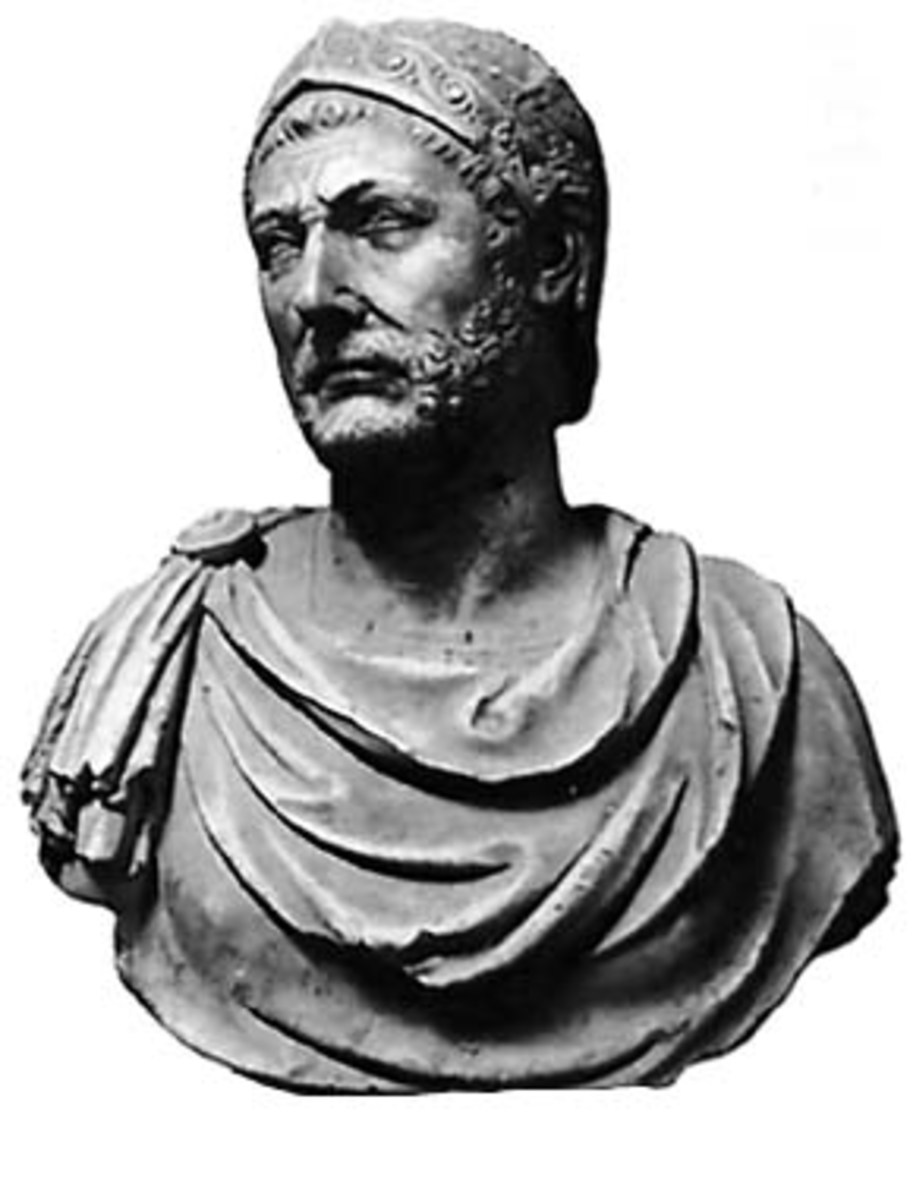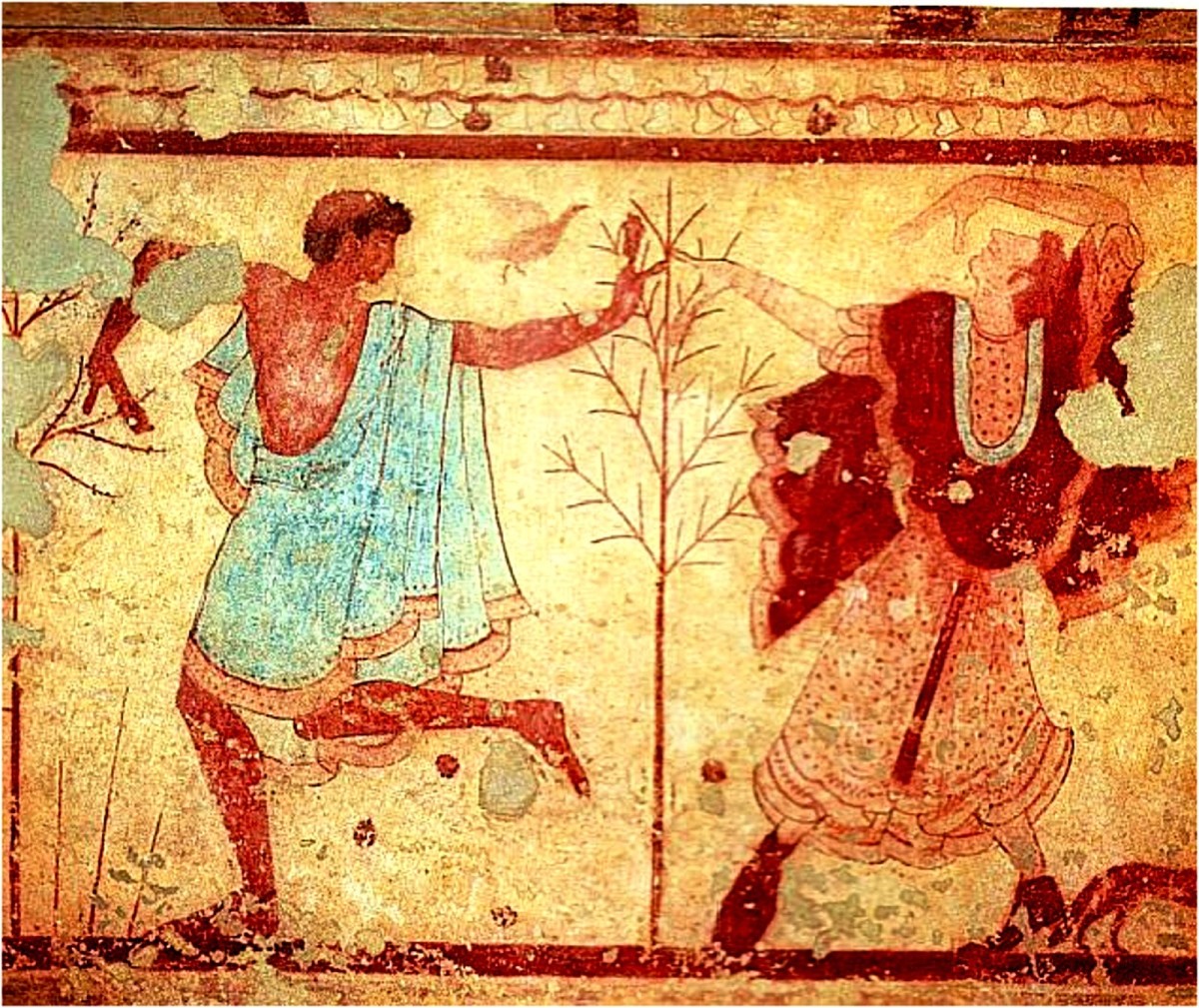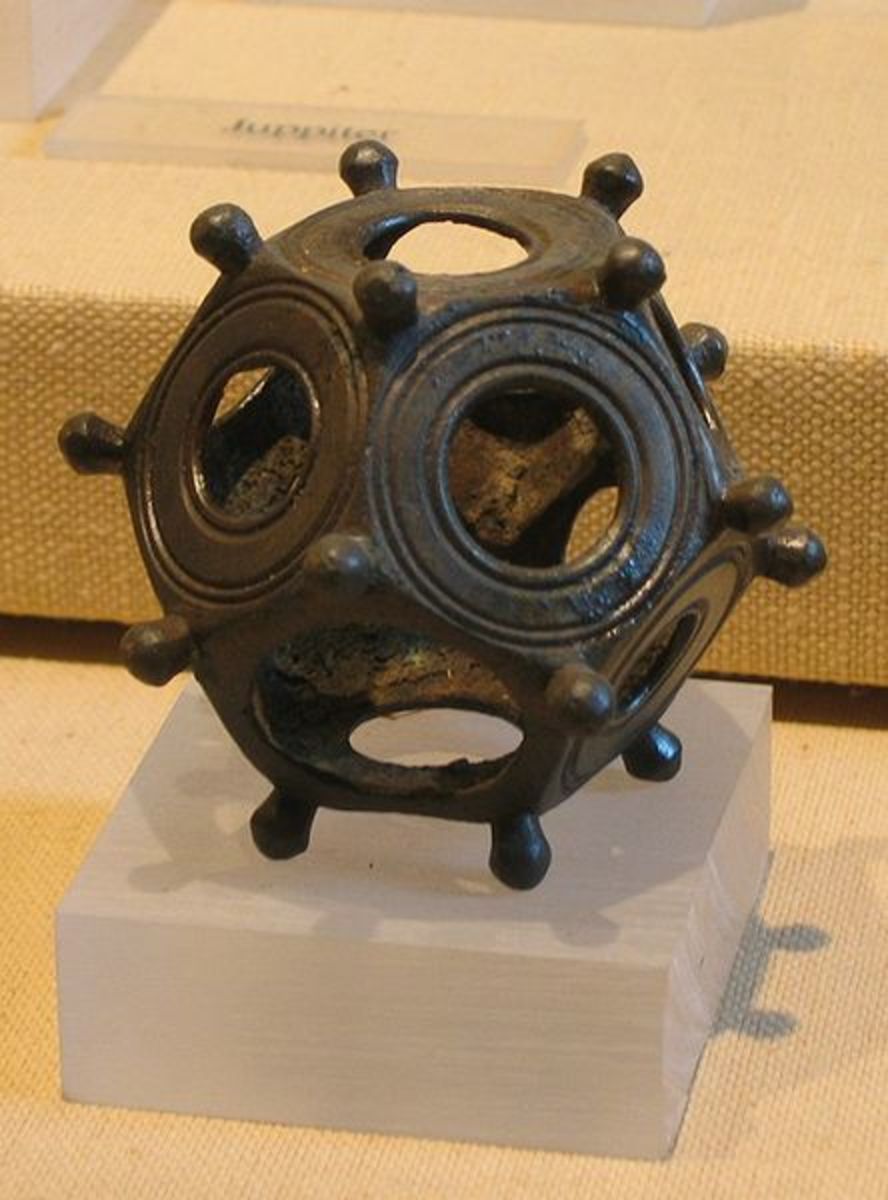- HubPages»
- Education and Science»
- History & Archaeology»
- Ancient History
Raiders of the Lost Mask or how a Roman cavalry helmet mask was stolen from a museum in an armed robbery?
April 1995: The robbery
Early lazy Sunday afternoon in the Eastern European city of Plovdiv, Bulgaria. The staff of the local archeological museum enjoys their lunch-break outside the building. One guard, ex-military, is the only human presence at the museum.
The front doors ring and the security opens to two persons with no covered faces. A quick skirmish - the guard is knocked down and dragged inside. His body is dropped next to a Byzantine exposition of 760 coins and a collection of exquisite gold jewelry. But the robbers haven’t come for that!
One of the attackers takes off the guard’s shoe and goes to the other gallery. There, the findings of a rich Thracian funeral, discovered in 1905 in a burial mound in the Plovdiv’s Kamenitsa quarter, await in silence. The robber breaks the protective glass with the shoe(!), passes over tens of golden wreaths and rings and picks just one artifact – a Roman cavalry helmet mask.
The alarms are on, and the police come in about 5 minutes. The two thieves, though, have vanished into the void.
April 2016: The precious mask
The archaeological museum in Plovdiv exposes its most valued object (estimated at between several hundred thousand and half a million euros) – the stolen Roman cavalry helmet mask. After 20 years of chasing, it has been finally returned by Bulgaria’s State National Security Agency (DANS). As the mask was found in extremely bad condition, it underwent a year-long thorough cleansing and restoration.
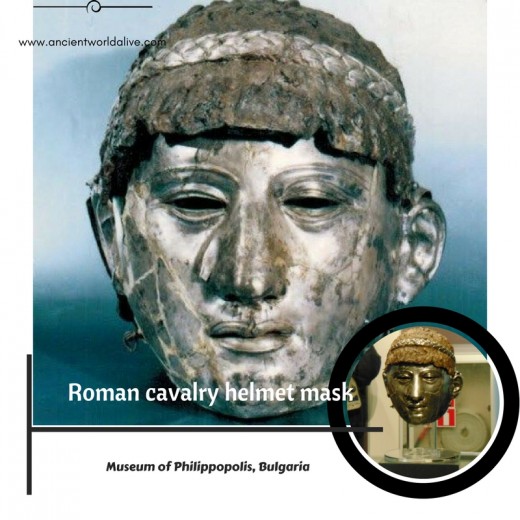
What was so special about it?
The owner?
That is a beautiful example of a postmortem mask (a death mask) in a shape of a human head, with decoratively presented hair. It is made of iron and coated with silver (the face and the laurel wreath on the hair) and has a detachable face in a function of a visor.
As the cavalry mask was found in a rich Thracian funeral, it most probably belonged to a Thracian aristocrat who lived in the Roman province of Thracia in the I century AD. He might have been a member of the officials of the ancient city of Philippopolis (the capital of the province at that period) which included representatives of the Thracian tribes living in that area - Odrysians (Odrysae), Coelaletae (Koilaletoi), and Dii.
Historical sources show that Coelaletae and Dii often fought with the Empire, while Odrysians, with brief exceptions, were constant allies of Rome. The cavalry helmet mask was probably a property of a noble Odryssian warrior (as the tomb, where it was found, and the other precious findings in it suggest).
That is not the only Roman cavalry mask found during archaeological excavations in the ex-territory of the Roman Empire. There are other examples, more or less elaborate and impressive.
Nevertheless, their origin stays uncertain (even though Rome has been definitively excluded as an option). The strongest hypothesis by now is that they came from the eastern Roman provinces, where such masks were produced on a larger scale from the I to the III century AD. Several of them were found in burials that seemed to have belonged to members of tribal elites who had served in the Roman auxiliary cavalry units. In these tombs, in contrast with the regular burial practices of the Roman soldiers, there was presented a full panoply, including a mask.
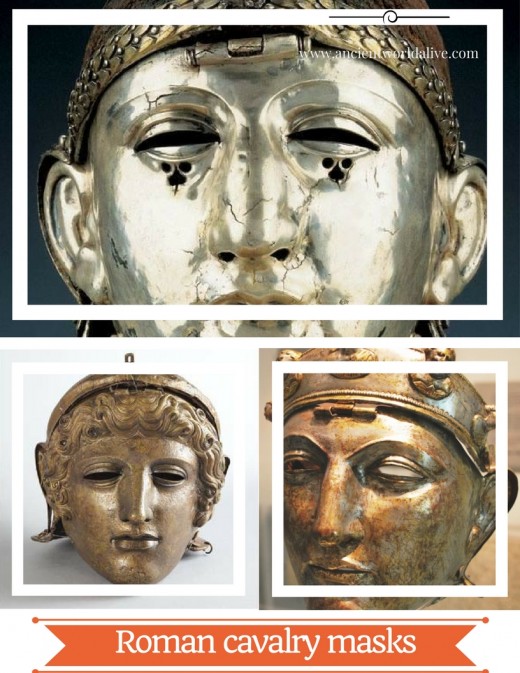
The purpose?
The use of those Roman helmet masks is a subject of another scientific discussion. Were they worn in battles, as a part of the soldiers’ armor, or they were only for display purposes?
The former looked possible after the finding of one such helmet at the site of the tragically famous Battle of the Teutoburg Forest, where German tribes exterminated three Roman legions and their auxiliaries in 9 AD. It was probably worn by a high officer (some suggest a standard-bearer) in the intent to spread fear and intimidation among the enemies.
Hippika Gymnasia – Horse exercises
The fact that several of those helmet masks had visible signs of blows seems to confirm that version. Nevertheless, the historian and military commander Arrian of Nicomedia has proposed another explanation. In his treatise on Roman cavalry and military tactics Techne Taktike (in Latin Ars Tactica), he describes the exercises and training of the Roman auxiliary cavalry. They were called (in Greek) Hippika Gymnasia – Horse exercises and even though we don’t know the Latin term (Arrian wrote in Greek), we got an extensive and quite detailed description of their nature.
According to the historian, Hippika Gymnasia were the main training forms of the Roman cavalry and its elite – the alae. They were performed on a ground outside a fort and consisted of two general elements: a parade (a ritual display of the army) and tournaments (sporting mock battles). Their purpose was twofold: to display the military skills and expertise of the army’s elite (and demonstrate power over the conquered countries) and to build the soldiers' moral by practicing and maintaining a high level of maneuvering and handling of weapons.
On these occasions, Arrian says, the riders would divide into two teams and practice complex maneuvers with dummy weapons by alternating attacking and defending tactics. Both men and horses would wear elaborate suites of equipment, specially made for display purpose.
The detailed account of the historian emphasizes on the difference between the real military equipment and that in Hyppika Gymnasia. The helmets are explicitly mentioned:
“Those helmets are not made, as the war helmets, to protect only the head and the cheeks. They cover the whole face of the riders and have openings for the eyes, so that they are protecting without obstructing the vision.” (Arr, Tact., 34, 2-3)
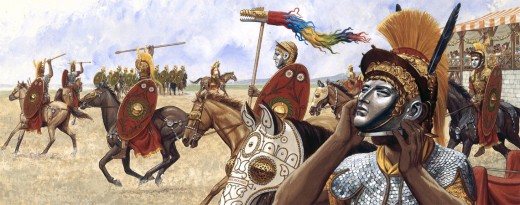
Apparently, the helmet masks found in the Roman Empire’s territories (or at least a number of them) were parade masks rather than real war helmet masks. That does not explain the use of the one excavated at the site of the Teutoburg Forest but can give some indications why it is unusually light for such piece of military equipment.
The stolen Roman cavalry helmet mask was, probably, also a parade mask. Whoever was its owner, he believed it was a great symbol of his military glory and, ultimately, elevated social status. So, he took care to have it in his burial, along with his shiny armor and golden wreaths and rings.
April 2015: The aftermath
After twenty years of tracking, the Bulgaria’s State National Security Agency (DANS) finally fell on a real trail of the missing Roman cavalry helmet mask.
Not that they have lost it from their sight all that time. Several years after the robbery, the mask has been presented in some auctions for antiques in Austria and Switzerland but quickly disappeared when Bulgaria showed an interest. A name of a wealthy antique collector from Switzerland even appeared as the one who, allegedly, has ordered the theft.
According to the official version of the Bulgarian authorities, DANS has caught a Bulgarian illegal antique trader who was about to make a big deal. He voluntarily handed over the mask in exchange for better treatment in the court. That fact made some to think that the Roman helmet mask stayed in Bulgaria all that time and it has never left the country. The scientists who restored it, though, claimed that the artifact was so damaged that it probably has traveled around for some time.
Today, the Roman cavalry helmet mask is the most precious object in the archaeological museum in Plovdiv. Twenty years after this first armed robbery of a museum in Bulgaria, the building is much more secured.
The Bulgarian authorities have vowed that such an episode would never happen again!

